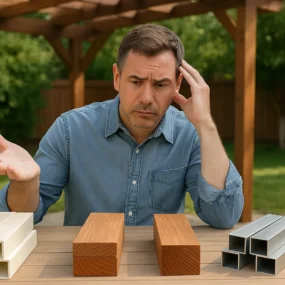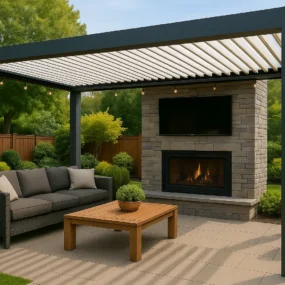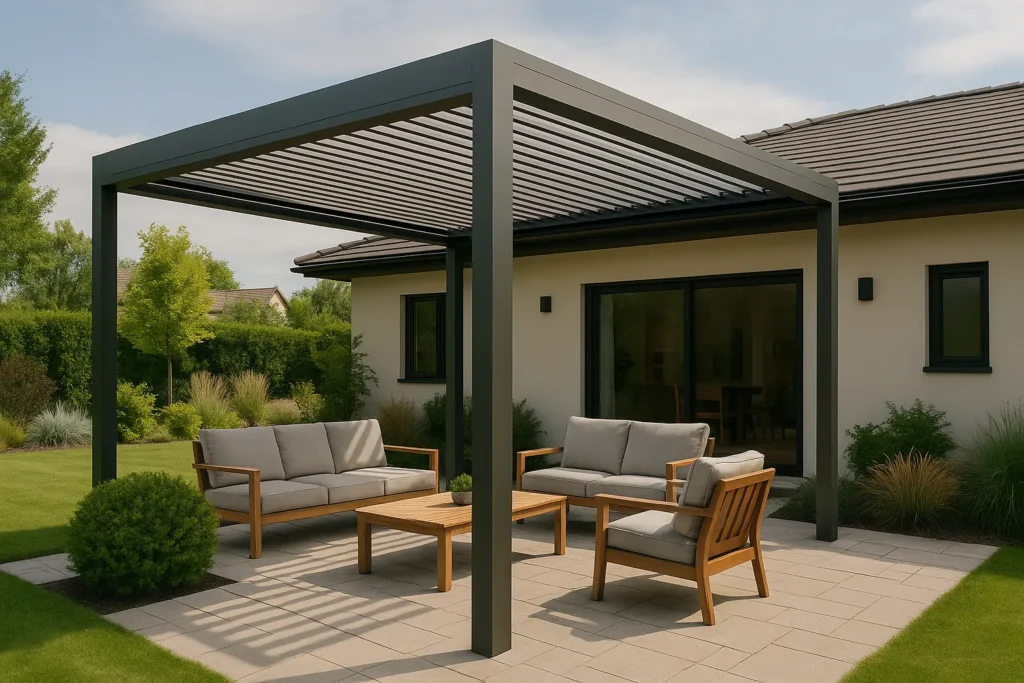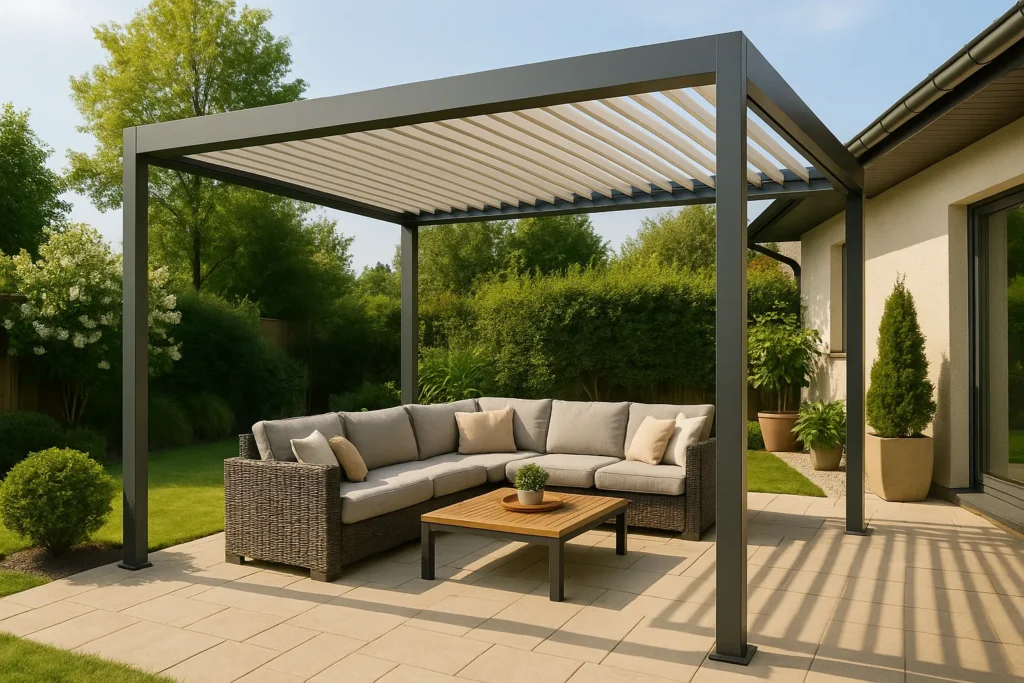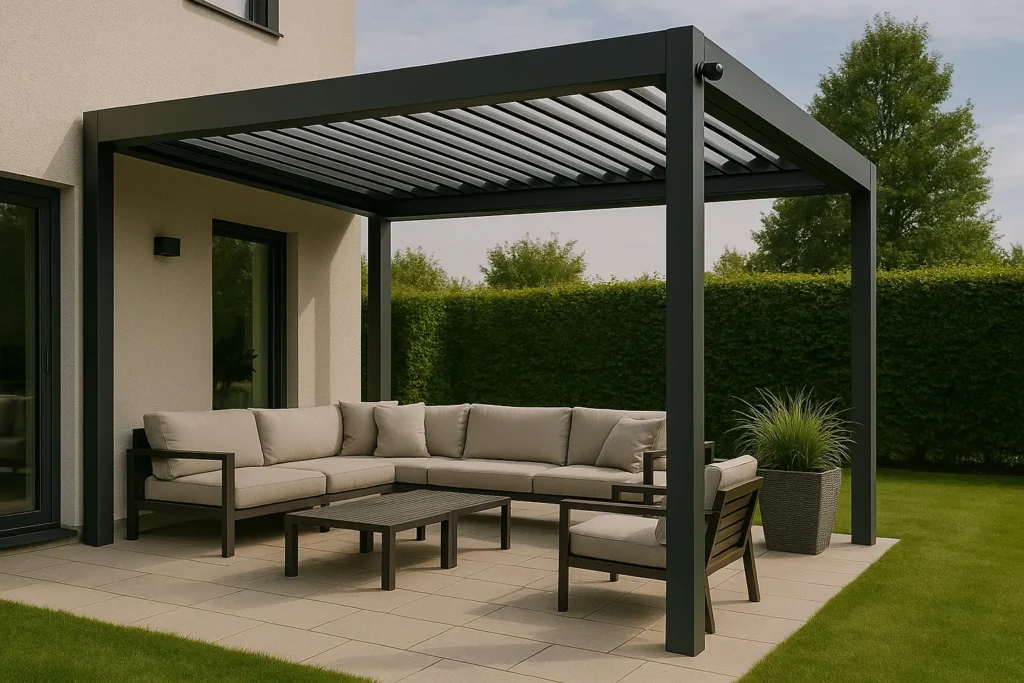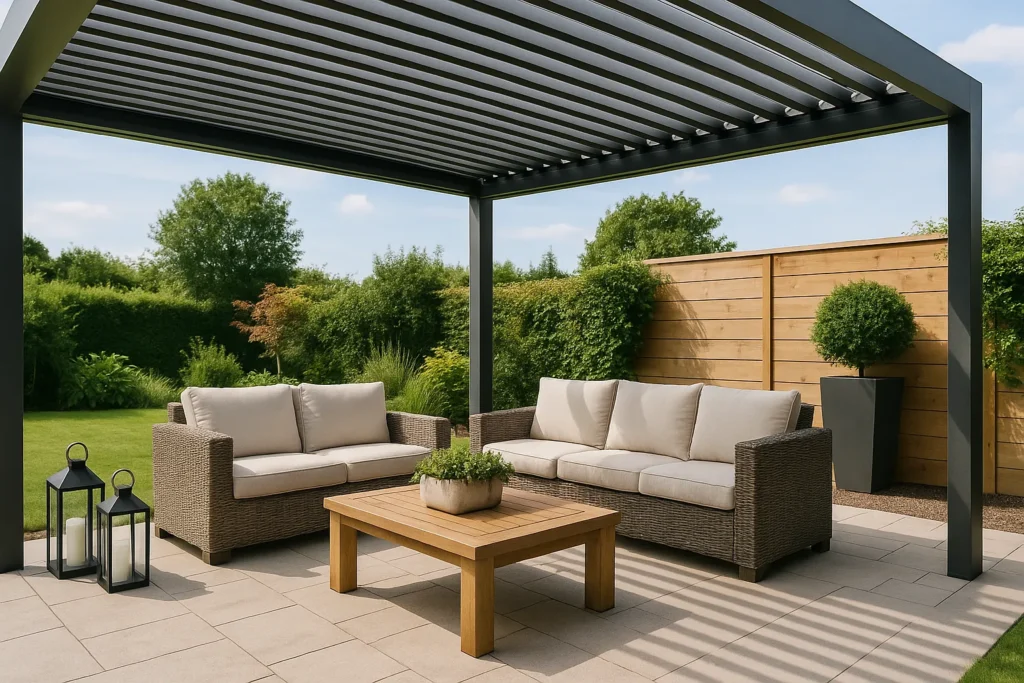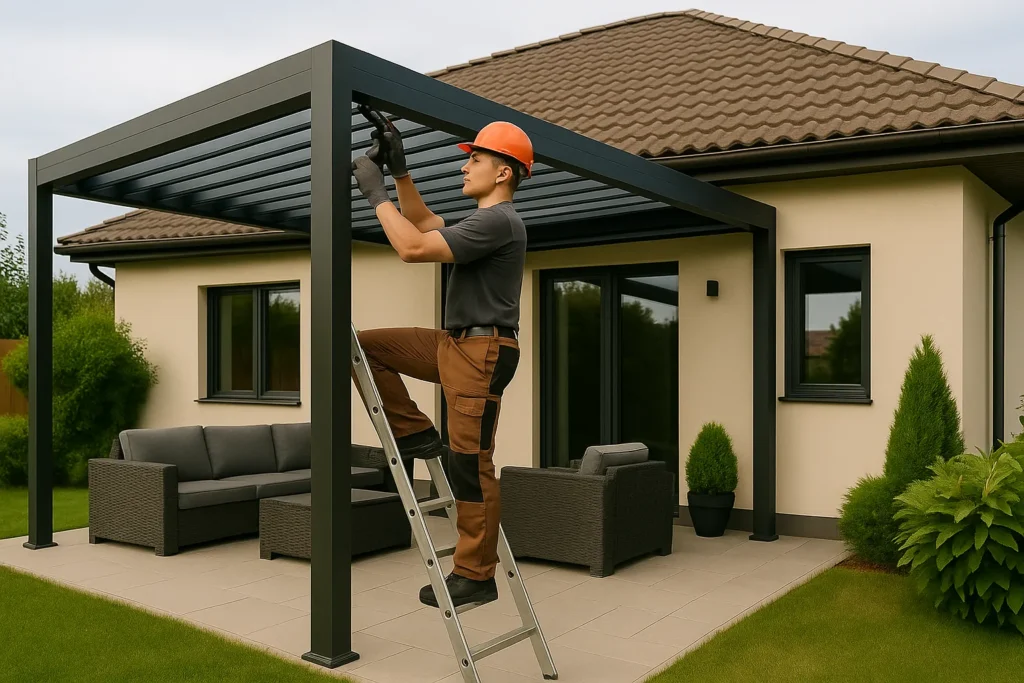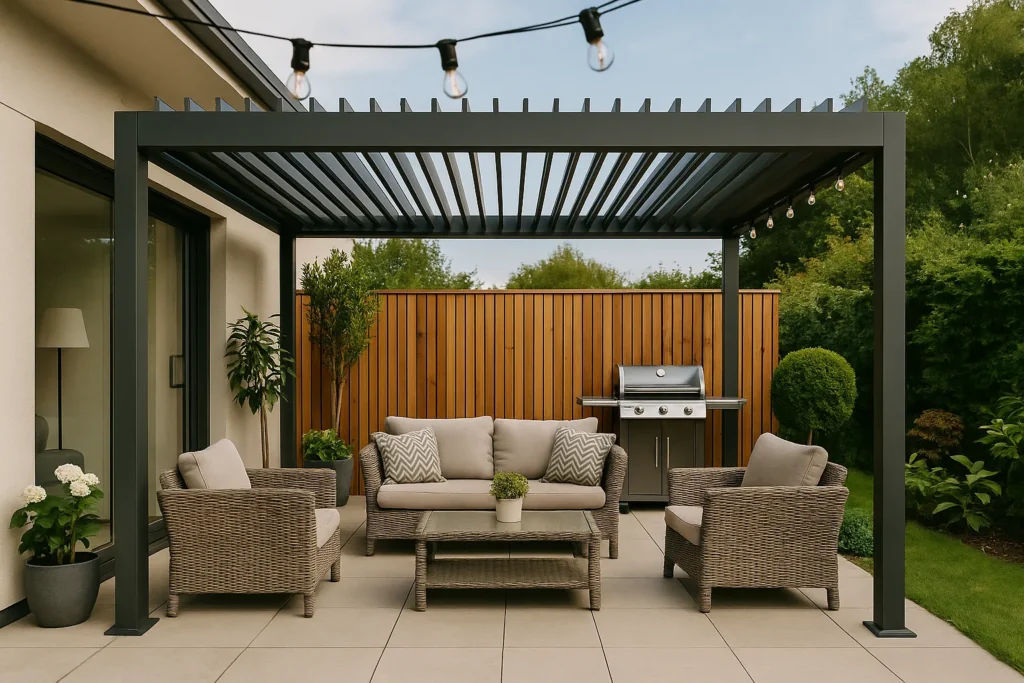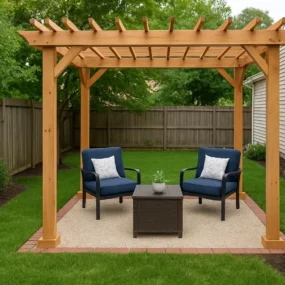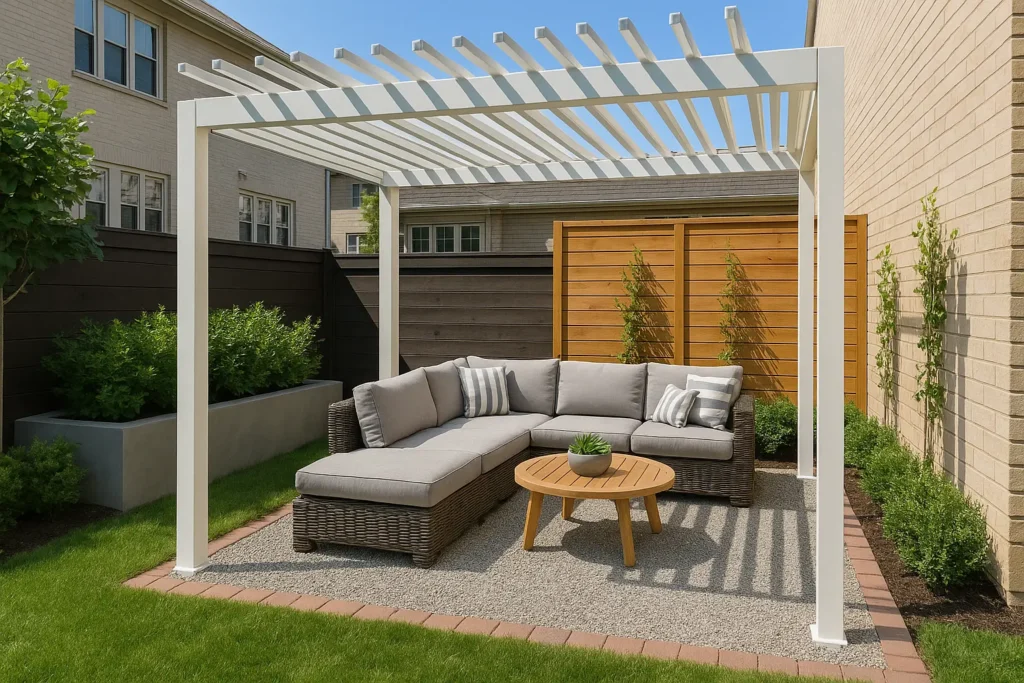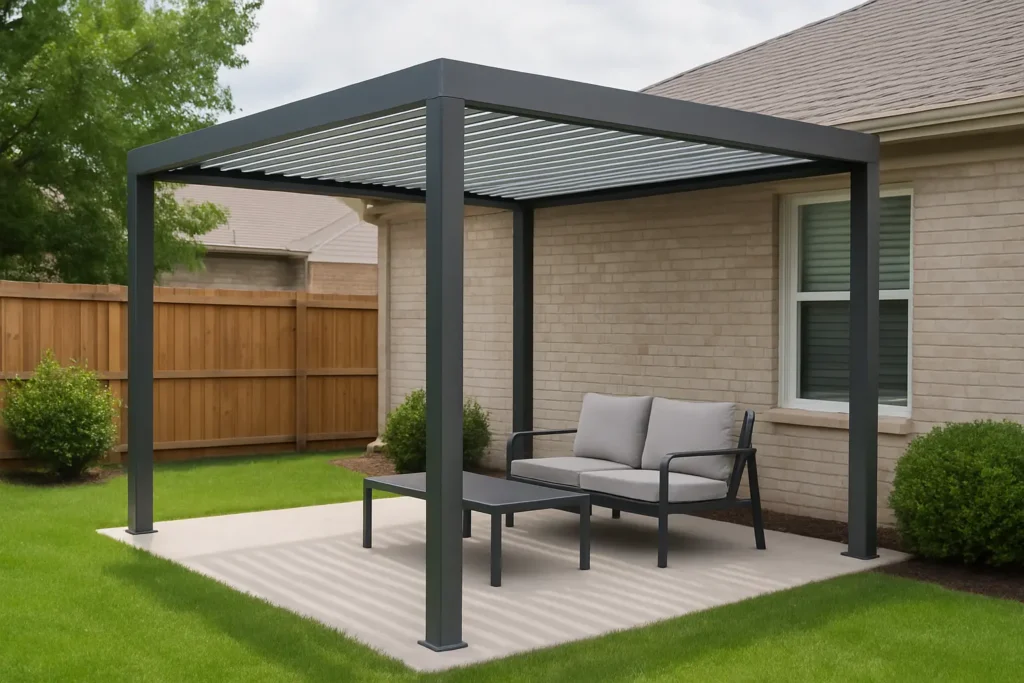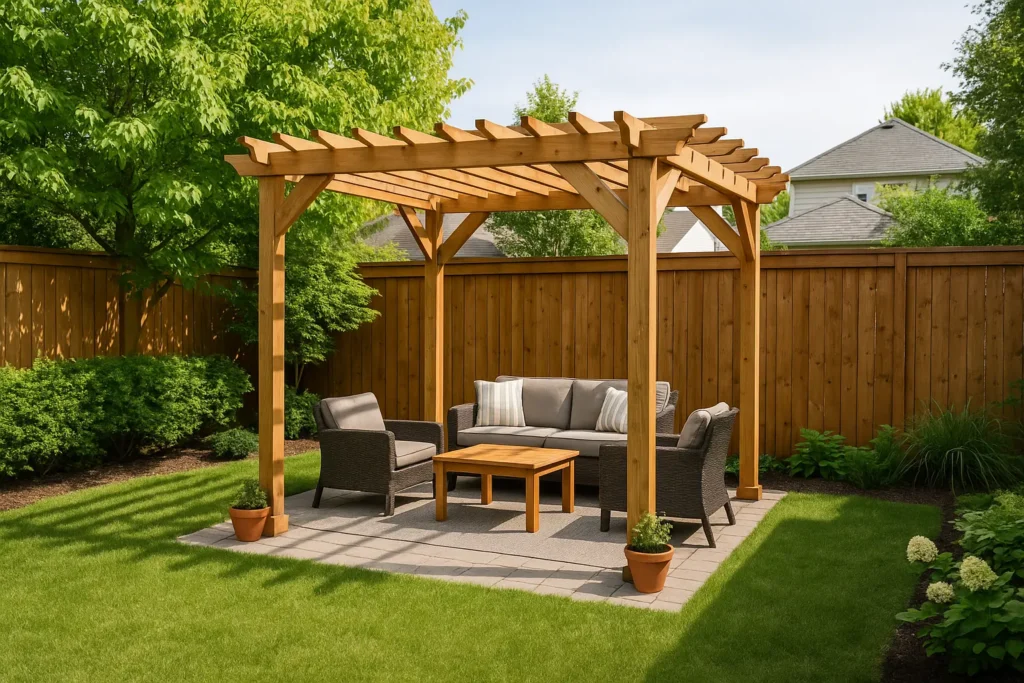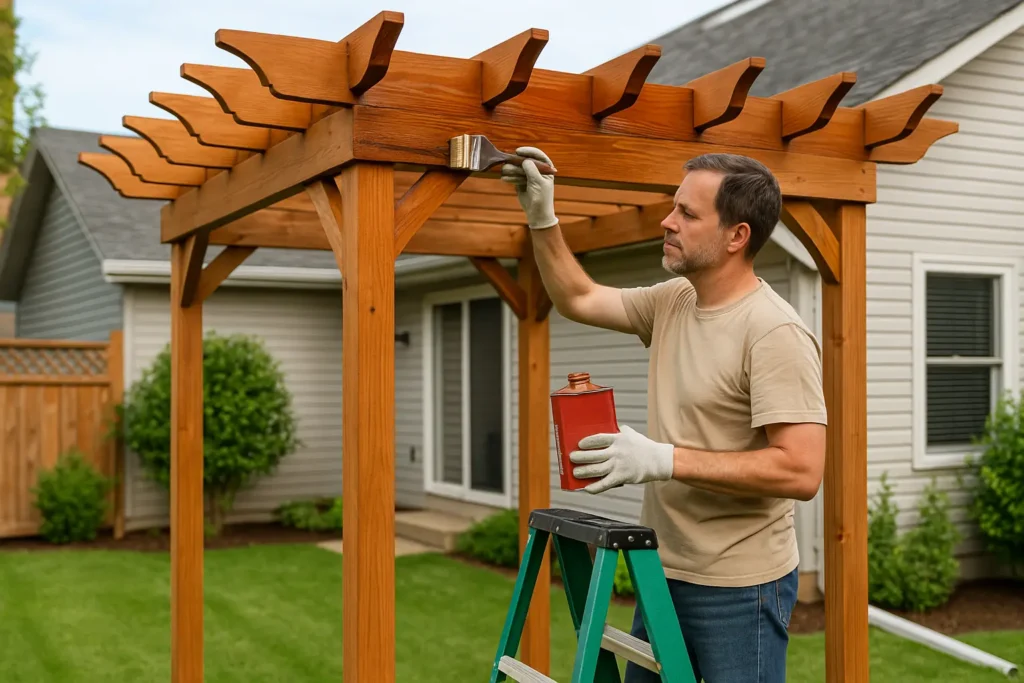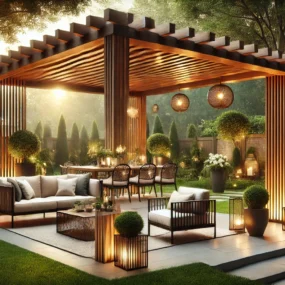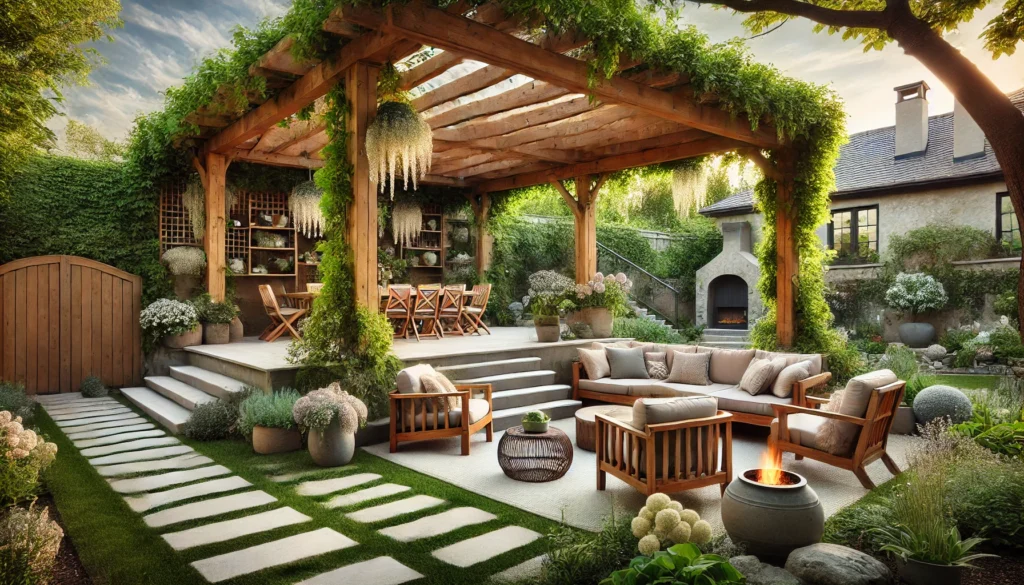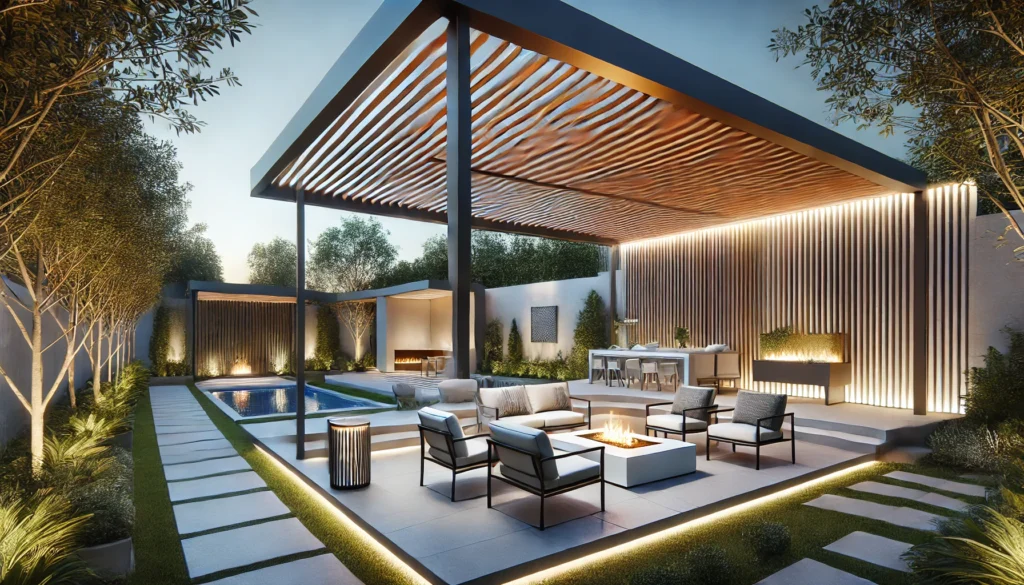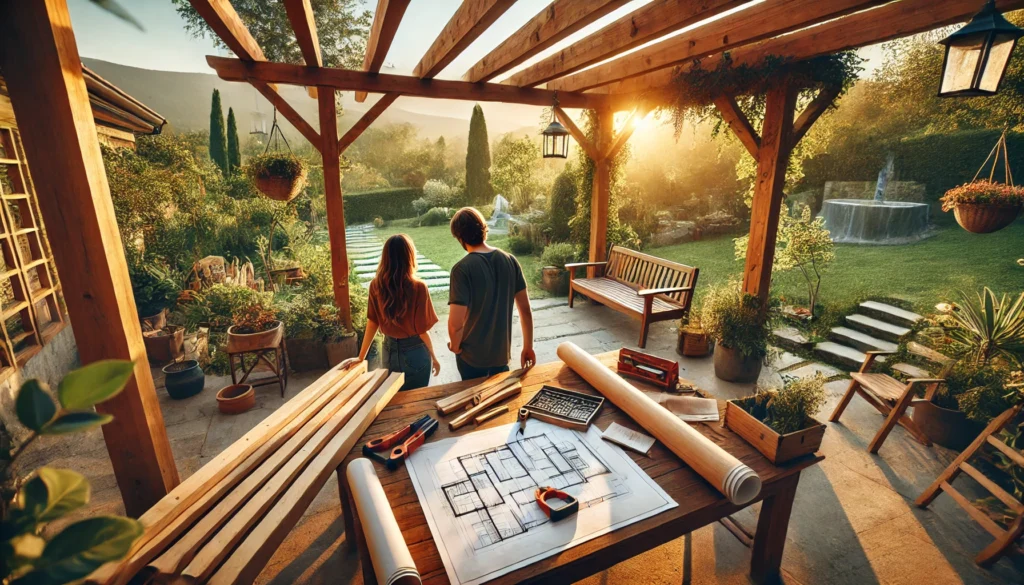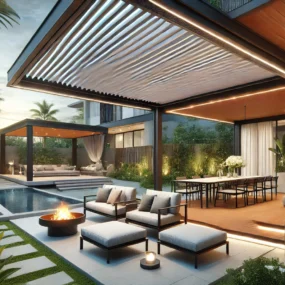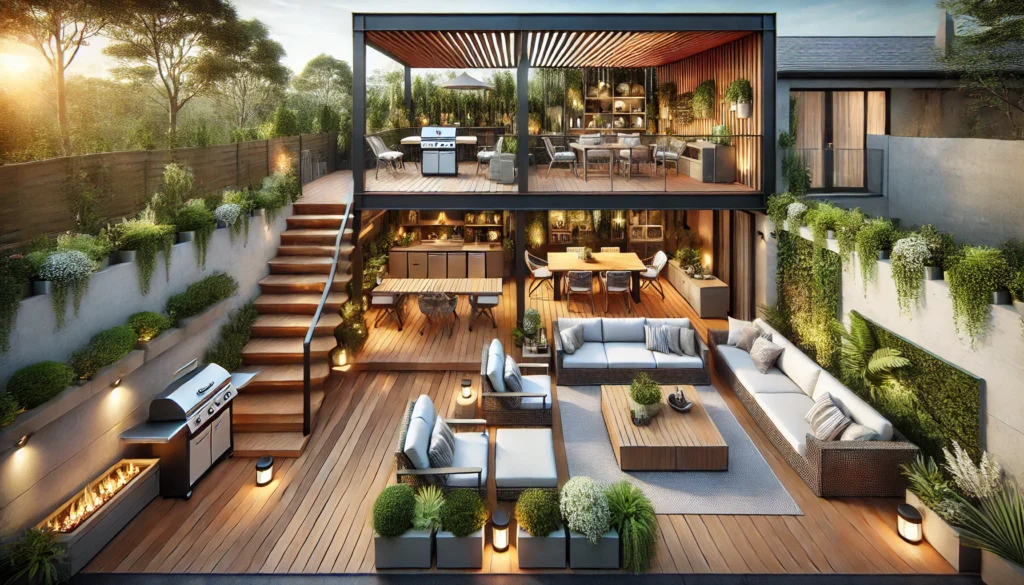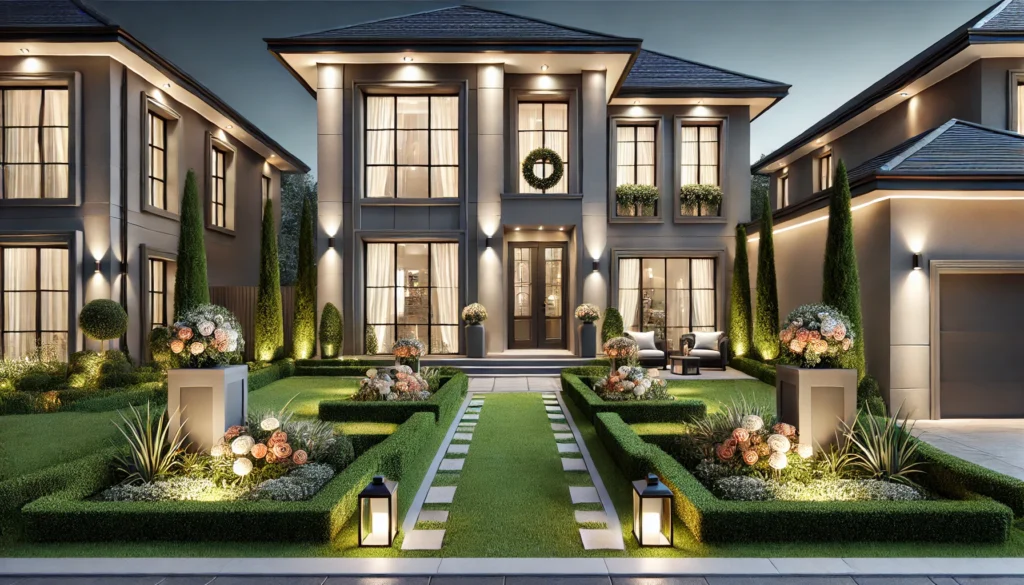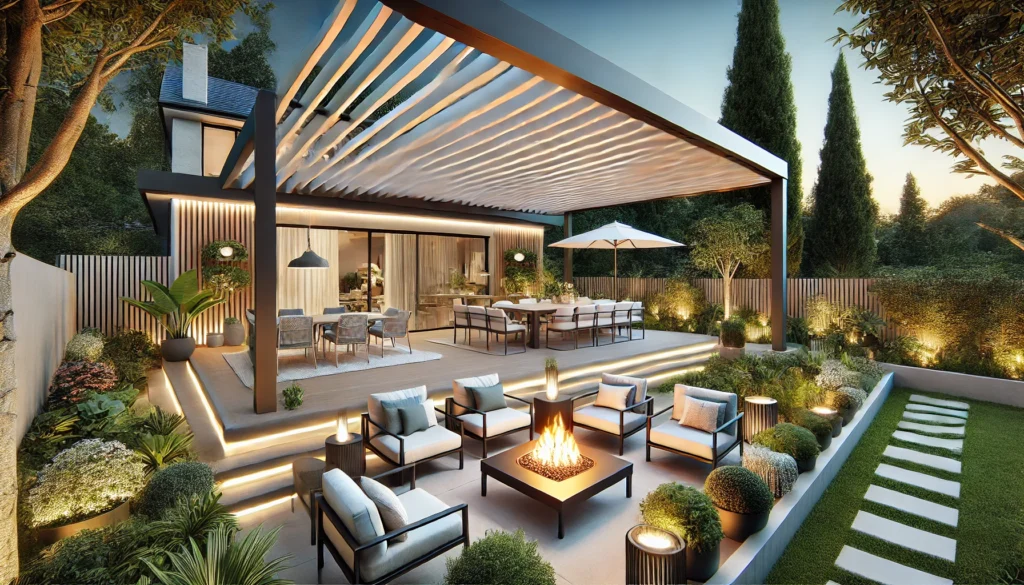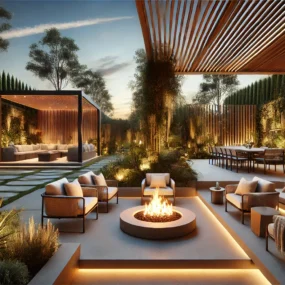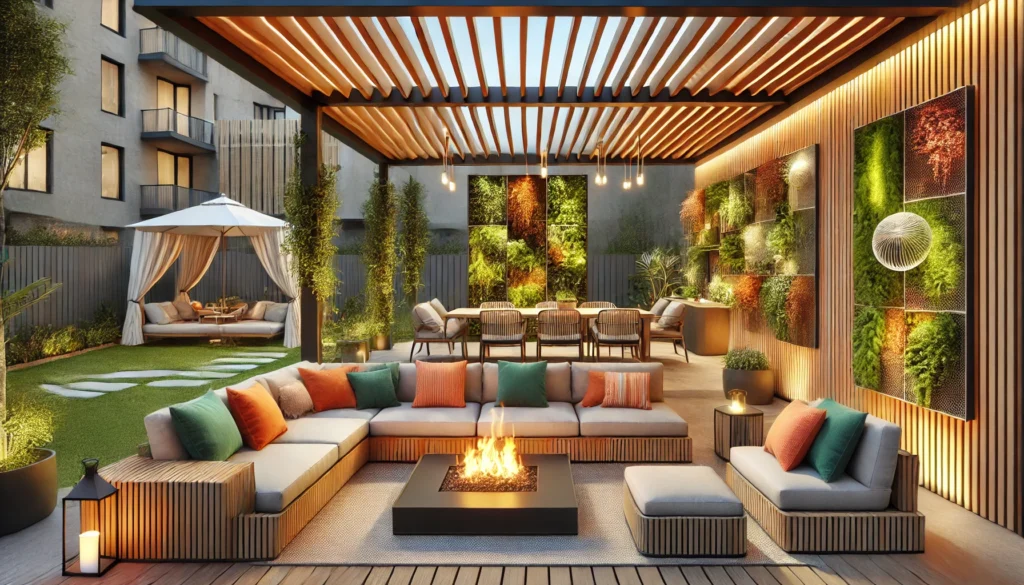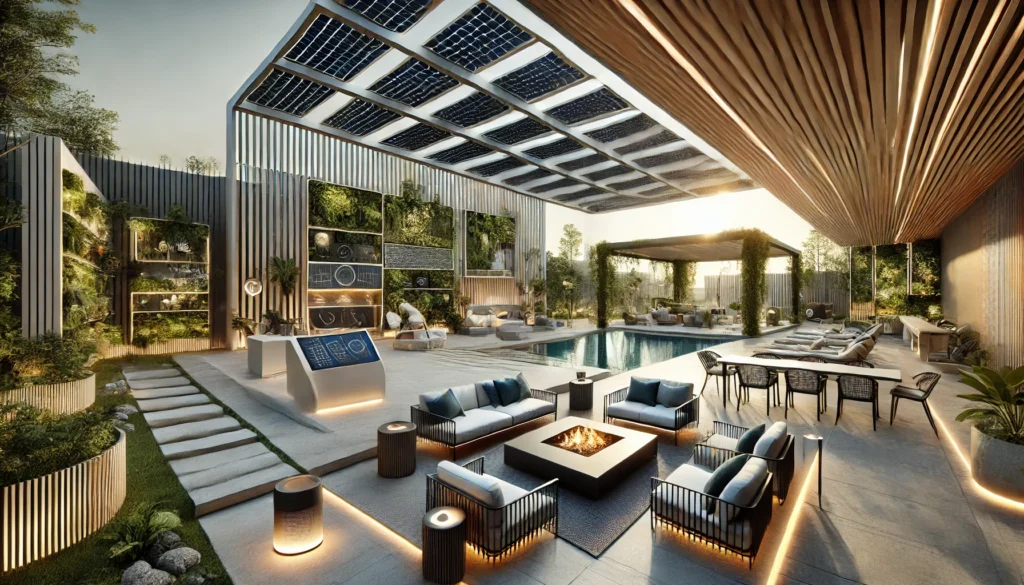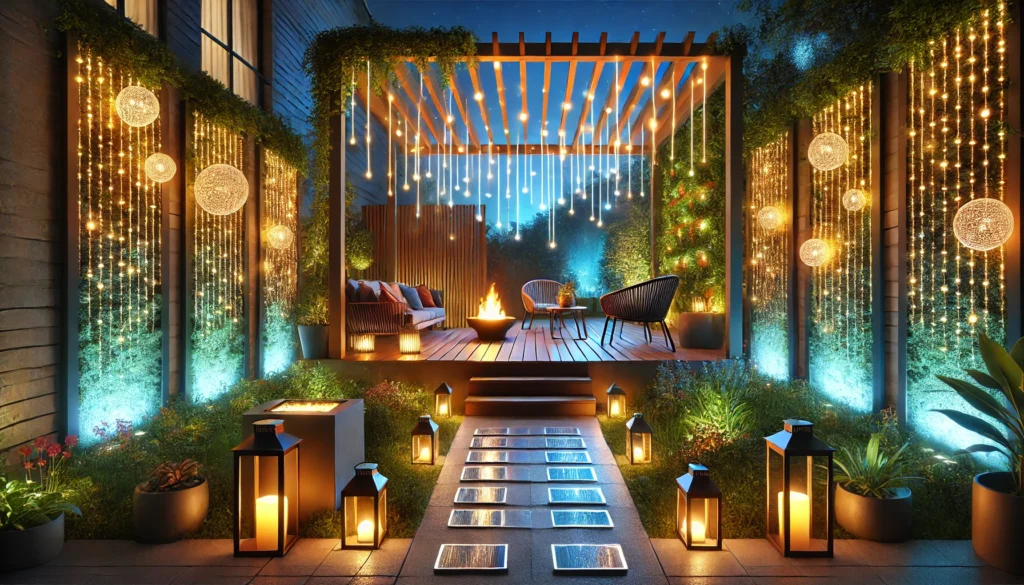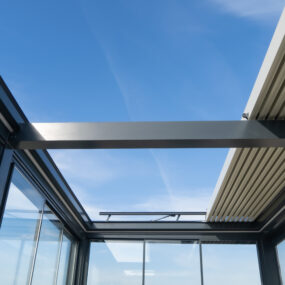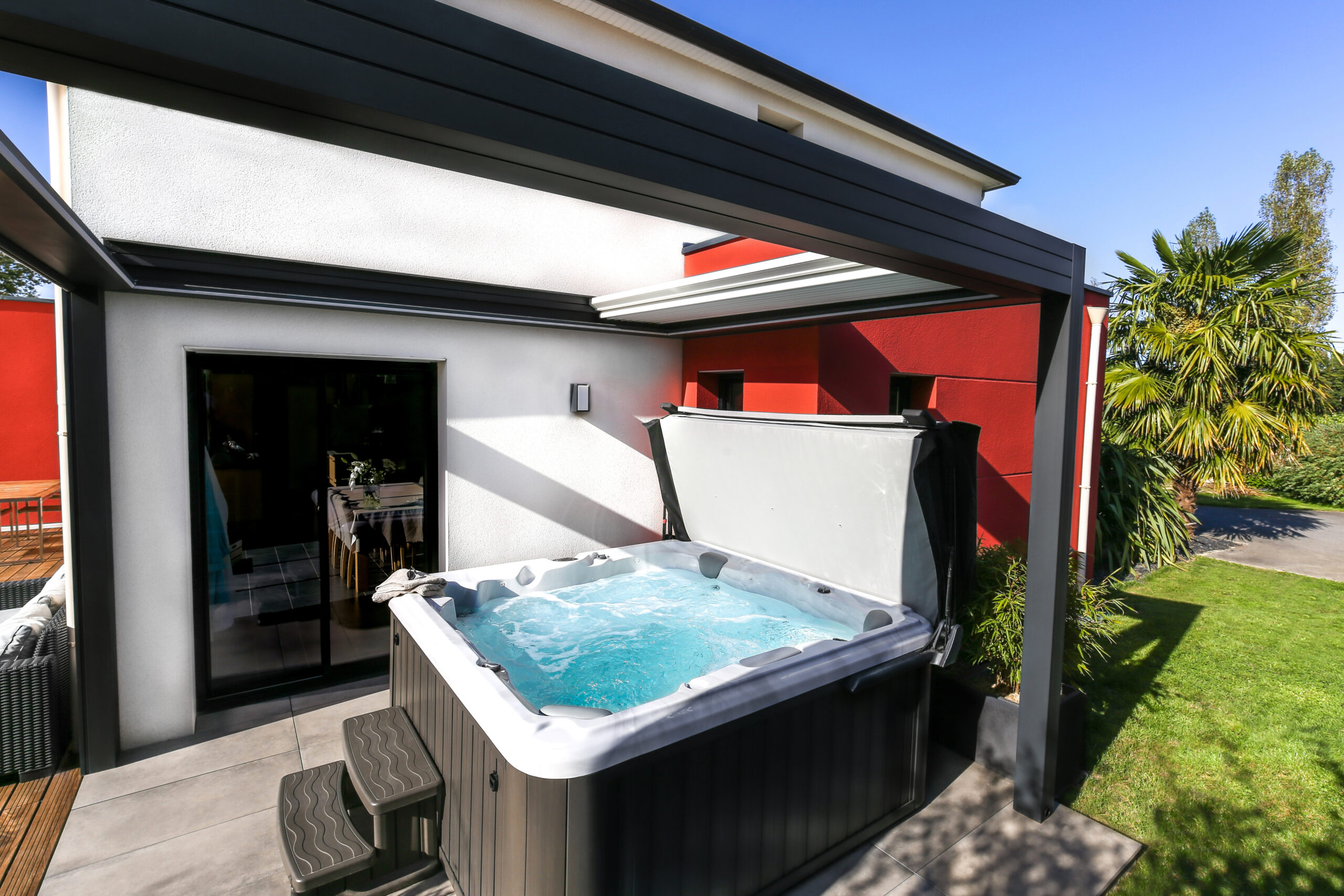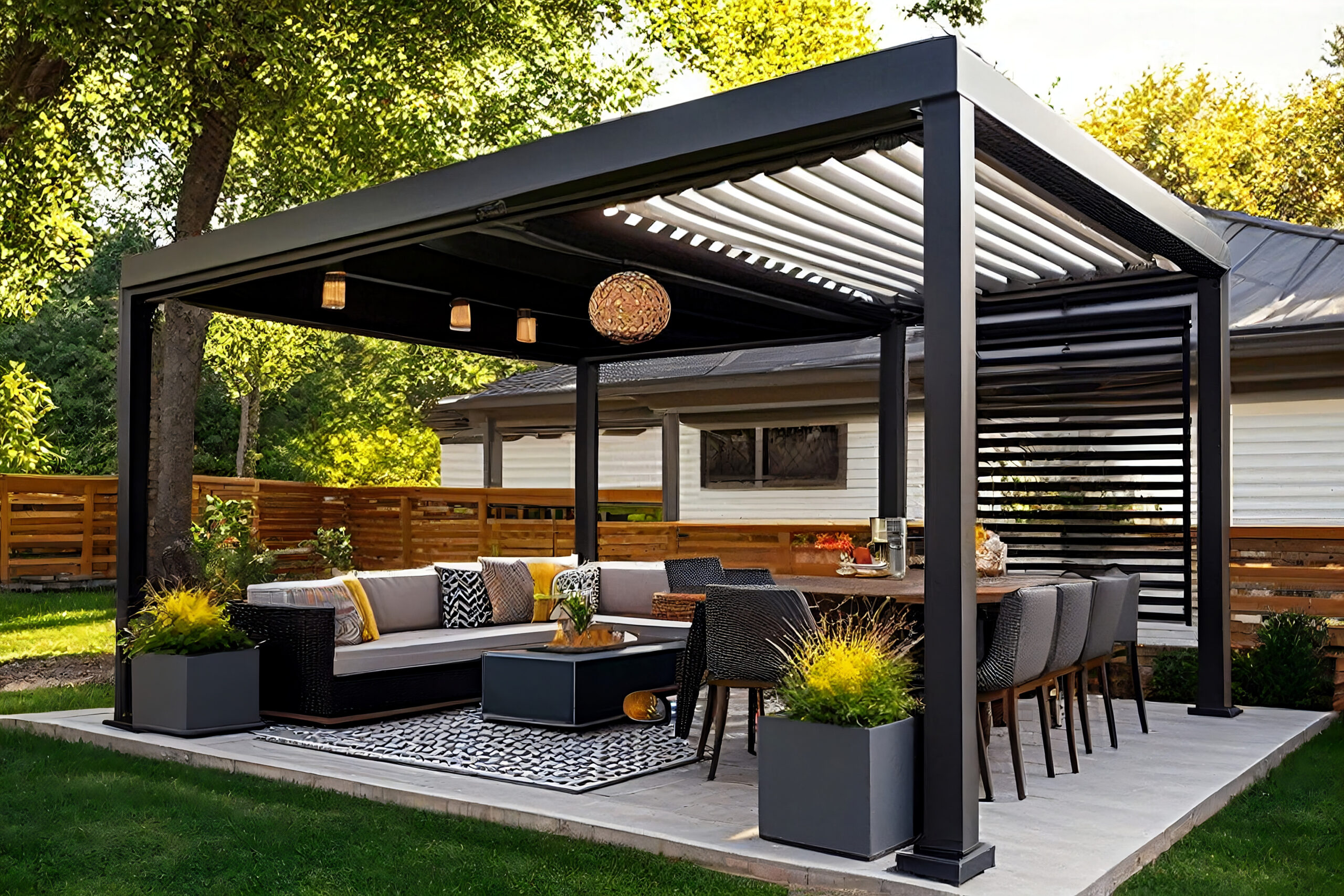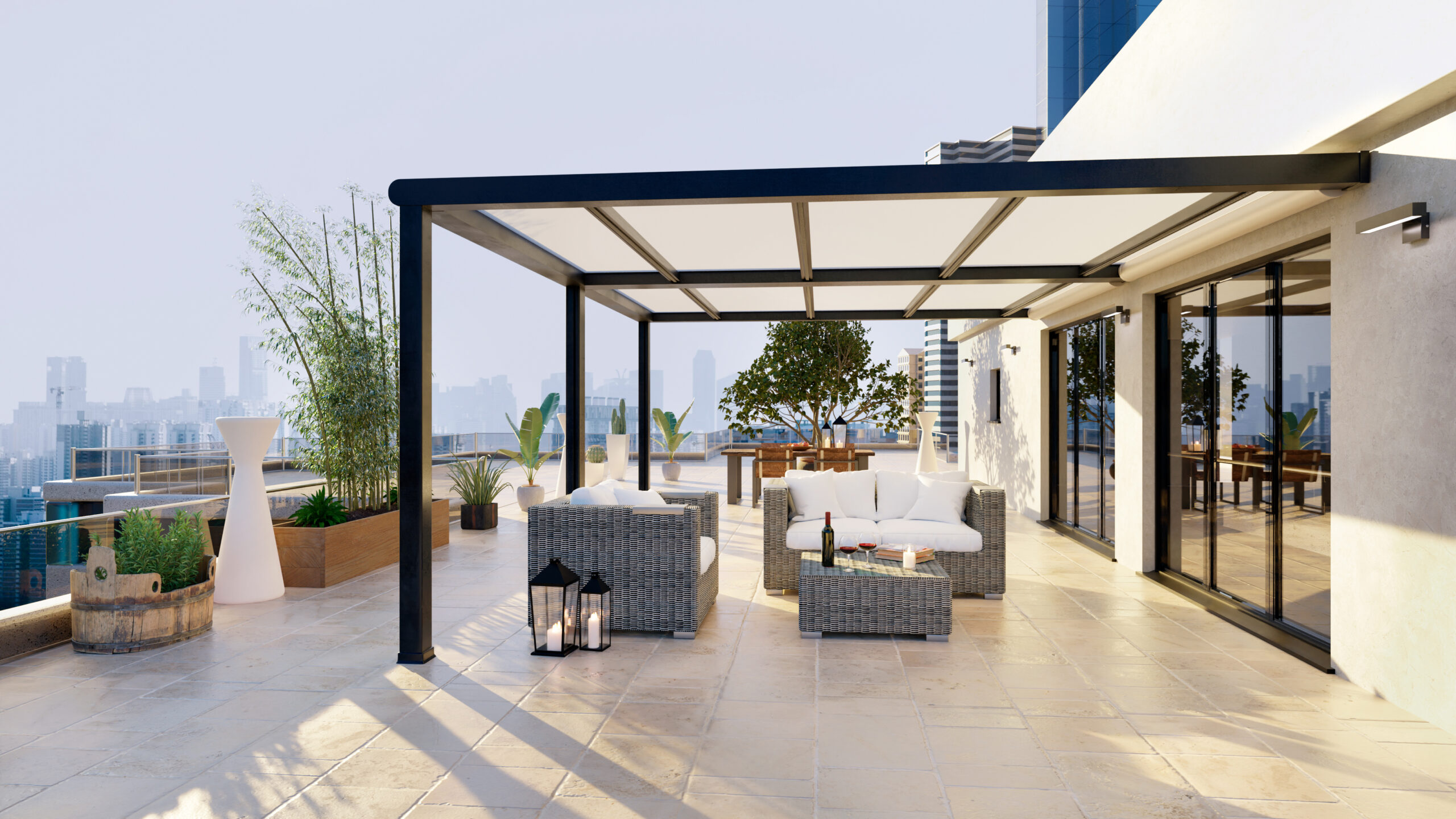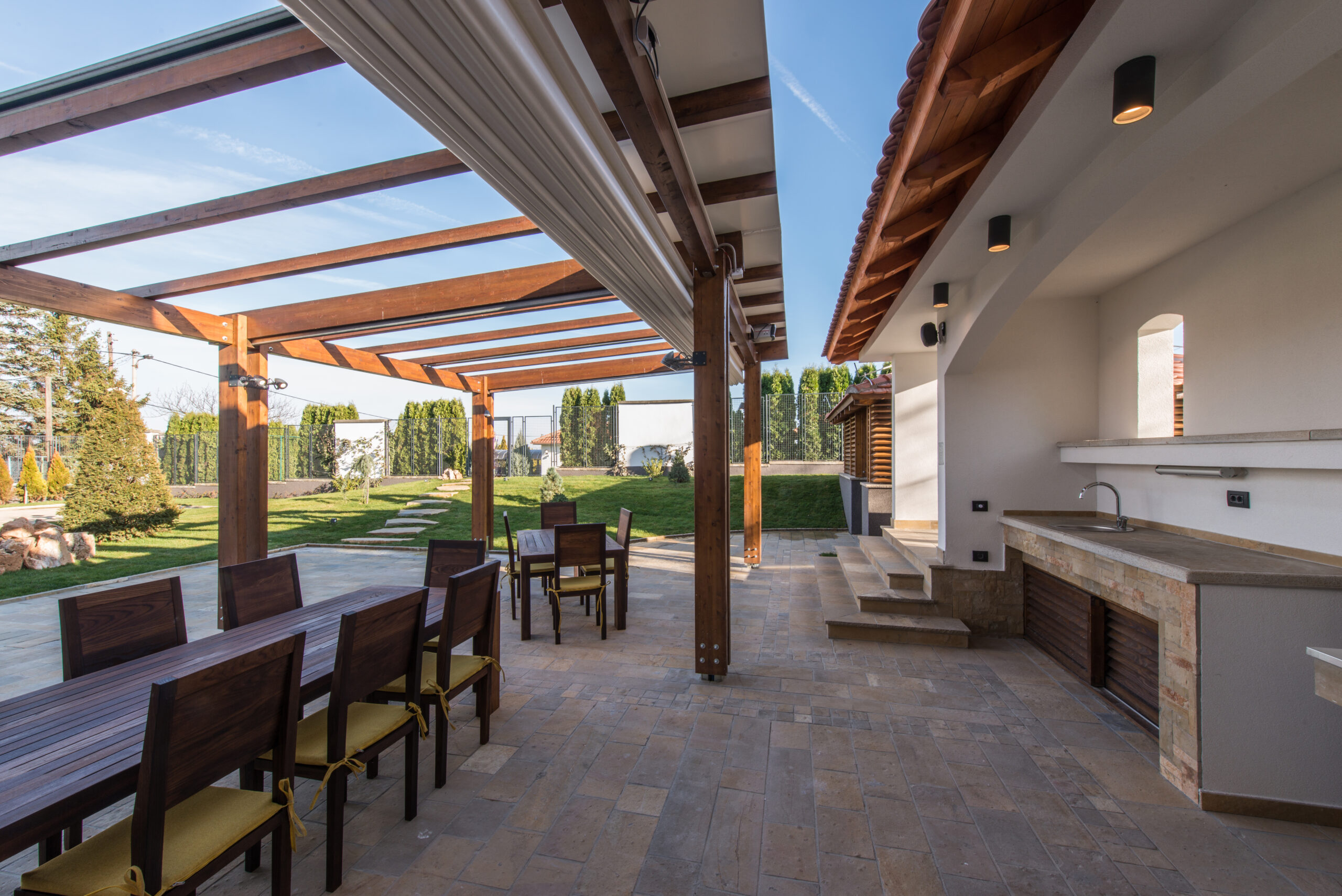What’s the Best Material for a Long-Lasting Pergola?
You’re thinking about putting up a pergola, but are not sure which material gives you real value for your money? Then you’re in the right place. With so many options, it’s no wonder it can feel overwhelming, especially when every choice looks good on paper.
The best pergola material depends on your climate, your home’s style, and how much maintenance you’re happy to take on. Each option has its own strengths. Here’s a quick look:
- Want something with natural warmth? Timber gives a timeless look and can be stained or painted to suit your style.
- Aluminium keeps the outlook simple and suits modern homes.
- Looking for something budget-friendly? Then vinyl is a great option.
- Steel handles harsh weather well and works best in large, open outdoor areas.
In this article, we’ll walk you through each one so you can compare the real-world pros and cons. By the end, you’ll have a clear picture of what works best for your space, your needs, and how you like to spend time outdoors.
Let’s take the guesswork out of it and find the pergola that’s right for you.
Pergola Materials: What Are Your Choices?
Popular options are timber, aluminium, vinyl, and steel. Each one behaves differently when it comes to weather, maintenance, and long-term value. Some are okay with a quick rinse now and then, others behave like a needy pot plant.
If you ignore them for too long, you’ll regret it later.
Think of this as your sneak peek. We’ll break down these four great materials and give you the stuff that matters. You’ll know what works, what breaks, and what’s worth your time and money.
This quick preview could save you time, money, and a whole lot of sanding. So, grab a cuppa and your best note-taking brain. Let’s see what suits your home, not what looks shiny in a brochure.
Timber Pergolas: Natural Look, More Work
Timber pergolas have a warm, earthy look that makes people think you’ve got a perfectly trimmed hedge and know how to prune a fig tree. They bring charm, texture, and a classic feel to your outdoor space. But it’s not all sunshine and wine.
Wood needs care. Rain, heat, and insects love to mess with it. To keep it in good condition, you’ll need to oil or seal it once a year. Miss a season or two, and you’ll be staring at cracked beams or flaking patches.
One of our clients, Sarah, chose a spotted gum pergola to suit her leafy garden. It cost her more than pine, but five years later, it still looks great. She kept up with regular oiling and ensured the drainage was correct, which is why her pergola stayed strong and in good shape.
On the other hand, her neighbour used untreated pine and got termites.
Hardwoods like Jarrah and Blackbutt are stronger and last longer. They’re better if you’re close to the coast or have long summers. Other options, like treated pine, are cheaper but need more attention and some patience.
Timber is perfect for people who enjoy being hands-on and like the idea of creating something personal. If that’s not you, don’t worry. Easier options are coming up.
Aluminium Pergolas: Strong, Clean, and Easy to Look After
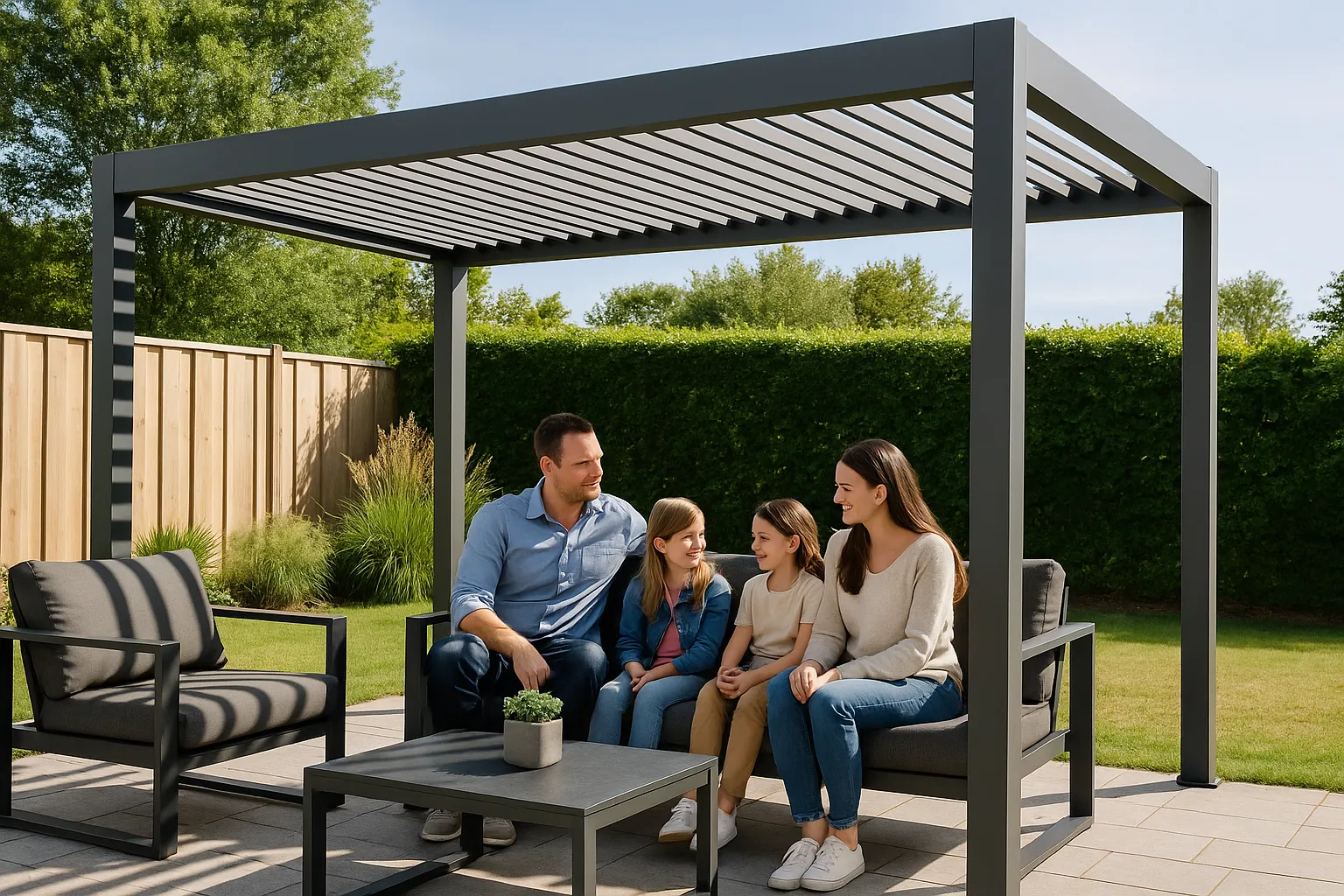
If you’re looking for pergola materials that ask for almost nothing in return, aluminium is the perfect choice. It’s light, rust-proof, and built for spots where the weather plays rough.
Aluminium is popular in coastal areas and city homes where low fuss and modern looks matter. It won’t crack, peel, or attract pests. Most designs come powder-coated, which keeps colours sharp without paint jobs.
So, what are the core reasons to pick aluminium pergolas?
- Weather-resistant: When you choose an aluminium pergola, you’ll get weather-resistant properties that won’t let it rust, swell or split in the long run. Fifteen to twenty years are easily covered with basic care.
- Low-maintenance: Don’t want to spend weekends scrubbing or repainting? Then go for aluminium pergolas, as they need almost no upkeep. A simple hose-off now and then is enough to keep dirt, dust, and bird droppings under control. They’re perfect for homeowners who’d rather enjoy the space than maintain it.
- Clean and modern look: If you’re into clean lines and tidy spaces, aluminium is a great match. It works beautifully with contemporary architecture, neutral tones, and open, uncluttered outdoor layouts. So your space remains stylish without you having to try too hard.
- Easy to install: Aluminium pergolas are simple to put together. Many come in kits, so you don’t need to be an expert to get one up. They’re much lighter than steel or timber, which makes the whole process quicker and less work.
Pro Tip: If you’re near the coast, go for marine-grade aluminium. It holds up better against salt and humidity. When homeowners choose aluminium with added features like adjustable louvres, they get more flexibility and comfort without extra effort.
Up next, let’s take a look at vinyl, the no-fuss friend of pergola materials.
Vinyl Pergolas: Easy Style Without the Effort
Vinyl is one of the most low-maintenance pergola materials out there. It’s a popular pick for homeowners who want a clean, simple look without signing up for seasonal maintenance. No specialised requirements for sealing or sanding.
This material holds up well in mild climates and looks tidy from the moment it’s installed. It’s also lighter on the budget than steel or hardwood, which makes it a great fit for smaller outdoor projects or quick garden upgrades.
You probably heard a common line in today’s pergola market: vinyl does have limits. It’s true. A vinyl pergola is not built for extreme heat and may bend or fade if the sun hits it too hard.
Well, that’s true unless you pick high-quality vinyl pergolas from reputed sellers. Cheap vinyl ages fast, and costs nothing but some extra money.
Trust us, we’ve been in this business for 20 years. So we’ve seen how high-end vinyl holds its shape and colour for years with barely any cleaning. It’s a “set it and forget it” solution when you buy from a reputable source.
Here’s a quick breakdown:
- Easy upkeep: Just rinse it off with water. You won’t need to worry about peeling paint or splinters. A few spare minutes with a hose is enough.
- Cost-effective: It’s one of the cheapest long-life options around. Lower upfront cost and you won’t spend much keeping it looking good. That’s a win for your budget and your spare time.
- Looks sharp: Clean lines and a bright finish give it a crisp, modern look. A vinyl pergola fits in easily with most home styles, from coastal cottages to newer builds. Plus, you’ll find plenty of size and shape options to match your space.
Pro Tip: Always check for UV protection in the spec sheet. It changes the way vinyl handles heat over time.
Steel Pergolas: Built for Harsh Weather and Big Impact
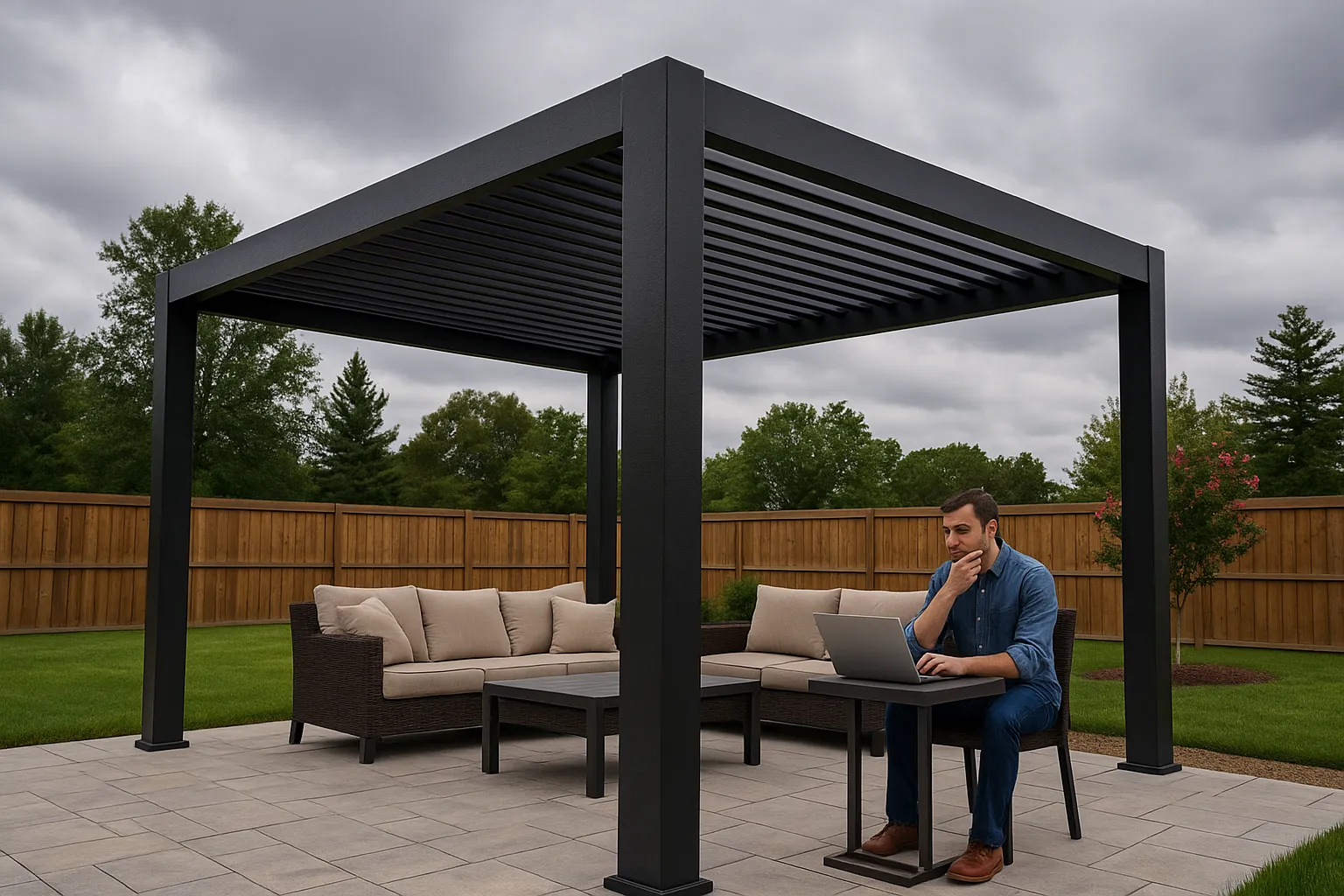
Steel is one of the most dependable pergola materials available in today’s market. It brings serious strength, sharp looks, and the kind of durability that makes your outdoor space feel permanent.
Besides, steel is ideal for areas with wild winds, heavy rain, or fire risk. It’s also a smart choice if you’re building something large or want bold, modern lines that stand out.
Through our hands-on experience, we’ve seen steel pergolas hold up better than any other product in tough conditions. When you properly coat and install them, they stay looking great with minimal effort.
What makes steel a standout:
- Handles harsh weather without warping or weakening
- Supports wide spans, perfect for open layouts
- Fire-resistant, making it safer in bushfire zones
- Low maintenance if powder-coated correctly
However, a steel pergola often needs a concrete base and professional installation, which may discourage a few homeowners. But if you’re ready to accept some initial hassle to get a beautiful pergola, then it’s worth it.
One more thing: if you’re near the ocean, stick with galvanised or marine-grade steel to avoid rust creeping in over time.
Pro Tip: Don’t skip the powder coating. It locks in colour, fights corrosion, and extends the life of your pergola with barely any upkeep.
Next, let’s take a step back from materials and look at what’s trending.
What’s Trending in Pergola Materials?
Pergolas with smart features, low-maintenance finishes, and flexible use are trending the most right now. More people are treating them like real living spaces for relaxing, entertaining, or just enjoying a breeze with a cup of coffee.
Lifestyle First
Today’s pergolas are used for shade, and they are also designed to support daily routines. They are used as a place to enjoy quiet mornings, evening meals, and even outdoor workspaces. More homeowners want spaces that feel good and function well at the same time.
Our findings show that when pergolas include thoughtful extras like lighting or adjustable roofs, they get used more often and stay in better shape over time.
Demand Is Growing Fast
The global pergola market reached USD 5.8 billion in 2023, and analysts project it will reach USD 9.6 billion by 2032. That rise reflects how much people are investing in outdoor comfort and flexible home spaces.
Features That Matter Now
What are homeowners looking for? These are the most common features buyers ask about:
- Built-in lights and power access
- Remote-controlled louvres
- Rain and wind sensors
- Durable finishes that hold up in all seasons
- Designs that work with existing products around the home
There’s also rising interest in eco-friendly materials and simple ways to buy and install everything without stress.
Next, let’s walk through how to choose the best fit for your yard, your weather, and how hands-on you want to be.
Choosing the Right Pergola Material for Your Space
Picking a pergola material can feel a bit like choosing a pet. You want something that suits your lifestyle, won’t ruin your weekends, and still looks good with the rest of the house.
Here’s how to size it up without overthinking:
Match Your Climate
Hot sun, salty air, wild winds? Each one chips away at the wrong material. Choose something that handles your local weather like it’s been living there longer than you.
What tends to work best:
- Coastal areas: Aluminium or galvanised steel (rust-resistant and reliable)
- Tropical zones: Hardwood timber like jarrah or merbau (durable and dense)
- Dry, sunny climates: Vinyl or powder-coated aluminium (fade-resistant, easy to clean)
- Cooler or mixed seasons: Treated pine or steel (good balance of strength and cost)
- Bushfire-prone regions: Steel (non-combustible and strong)
Match Your Habits
Some people love projects. Others want peace and a cold drink under a finished roof. If you’re the second kind, don’t choose something that needs a ladder and a brush every few months.
Match Your Home
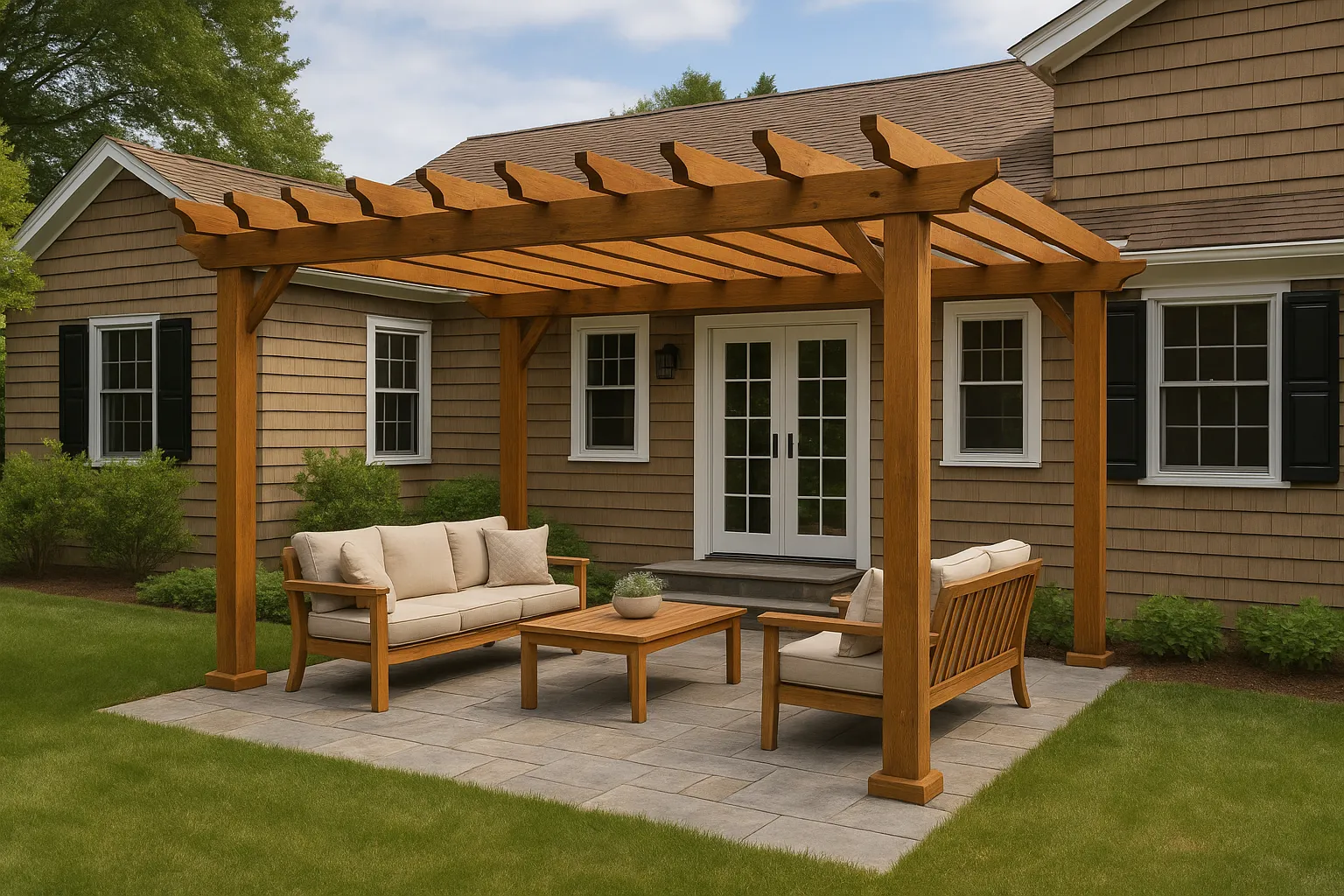
Your pergola shouldn’t feel like a guest who showed up in the wrong outfit. Balance matters. A modern home loves steel. A classic build leans towards the timber. Vinyl sits somewhere in between.
Our team discovered through using this product that the best pergolas are the ones that feel like part of the home, not something bolted on later.
Comparing Pergola Materials: Durability, Functionality, Cost & Maintenance
Still unsure which pergola material suits your space best? This quick comparison should help. We’ve broken down the four main types: timber, aluminium, vinyl, and steel, by how they perform and how easy they are to look after.
Timber Pergolas
- Durability: Varies by wood type. Softwoods like treated pine offer moderate durability. Hardwoods such as ironbark, spotted gum, and Merbau resist decay and pests naturally.
- Functionality: Classic look, fully customisable.
- Installation Cost: For softwood, it’s between $2,000 and $4,000. Hardwood takes from $4,000 to $10,000 for the installation.
- Maintenance: Needs regular sealing or staining. You’ll have to put in more effort for softwoods.
Aluminium Pergolas
- Durability: High, rust-resistant and handles coastal air well.
- Functionality: Lightweight and modern; suits many backyard styles.
- Installation Cost: For the basic type of aluminium, the lowest cost starts from $3,000, and the highest goes up to $5,000. And premium aluminium ranges between $5,000 and $10,000.
- Maintenance: Very low. You can give it a rinse now and then.
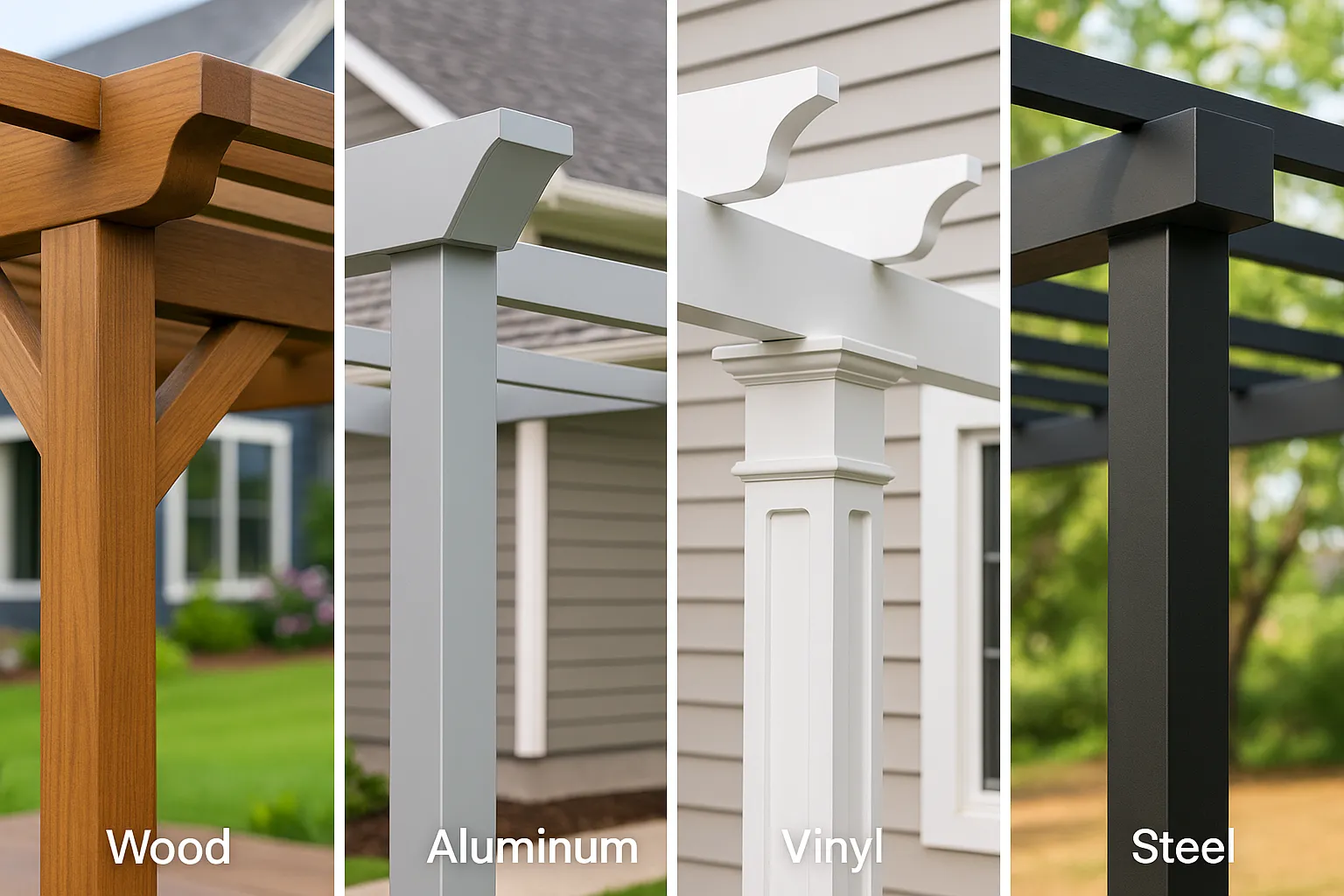
Vinyl Pergolas
- Durability: Moderate. They won’t rot but can become brittle in extreme heat.
- Functionality: Clean lines, low customisation, limited colour options.
- Installation Cost: The standard quality range is $3,000 – $5,000. And high-end will cost you somewhere between $5,000 – $7,000.
- Maintenance: Minimal. But they may fade or yellow with time.
Steel Pergolas
- Durability: Very high. These are ideal for high-wind or bushfire zones.
- Functionality: Strong and bold; supports wide spans and heavy loads.
- Installation Cost: Galvanised steel costs between $4,000 and $8,000. On the other hand, stainless steel can cost you from $8,000 to $15,000.
- Maintenance: Needs a protective coating; check annually for signs of rust.
This side-by-side overview is designed to help you weigh the differences. Now, it’s time to pull it all together. We’ll help you move from options to action.
Build Something That Lasts
You’ve seen what each pergola material brings to the table. Now it’s time to make your choice based on what works best for your space, your habits, and how you like to live outdoors.
You might want something built to handle the elements or something that stays sharp with almost no effort. Either way, the right fit is out there, and it’s closer than you think.
Ready to build a pergola that lasts? Head over to Paper Crown Gallery for expert advice, inspiration, and high-quality options that make it easier to plan and build with confidence.
